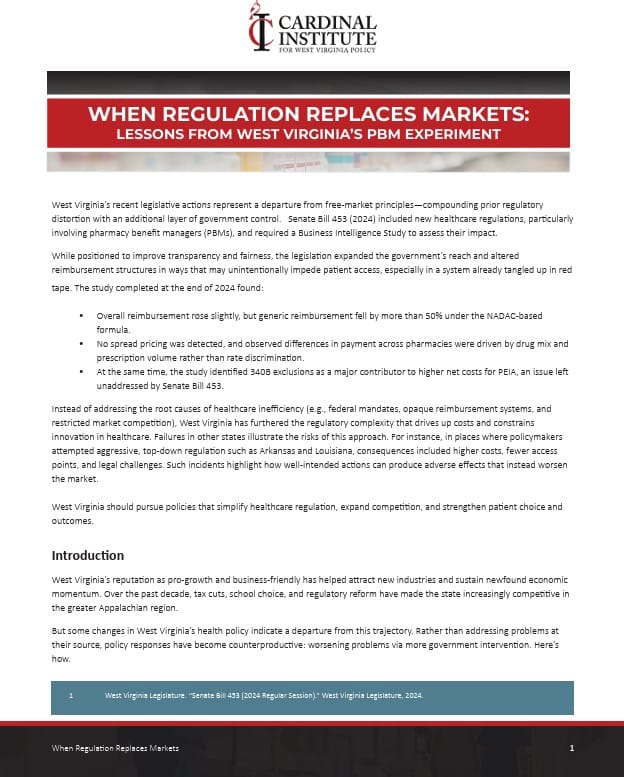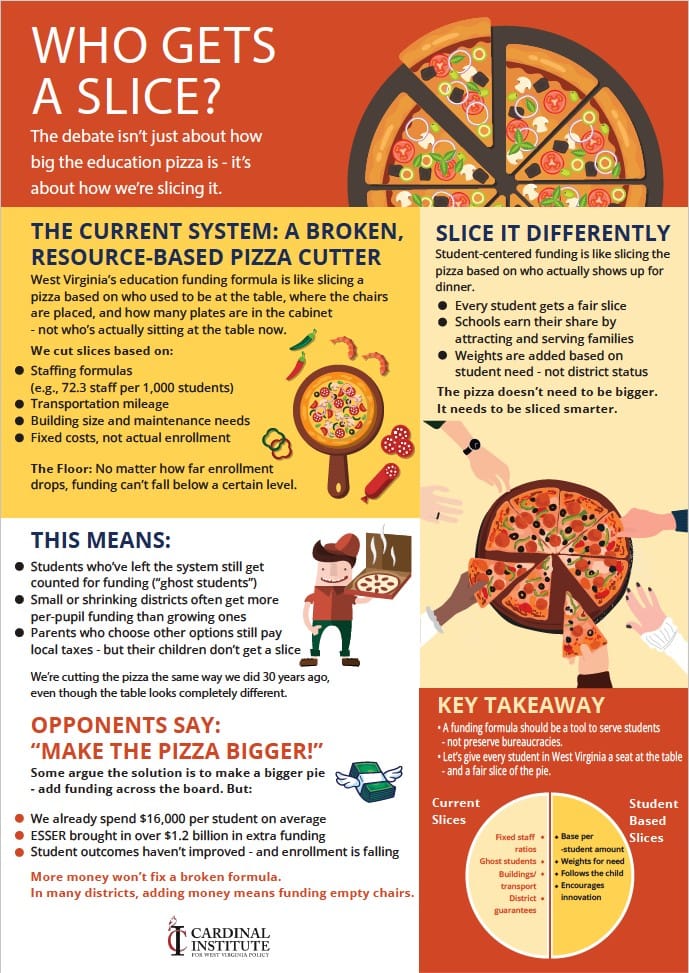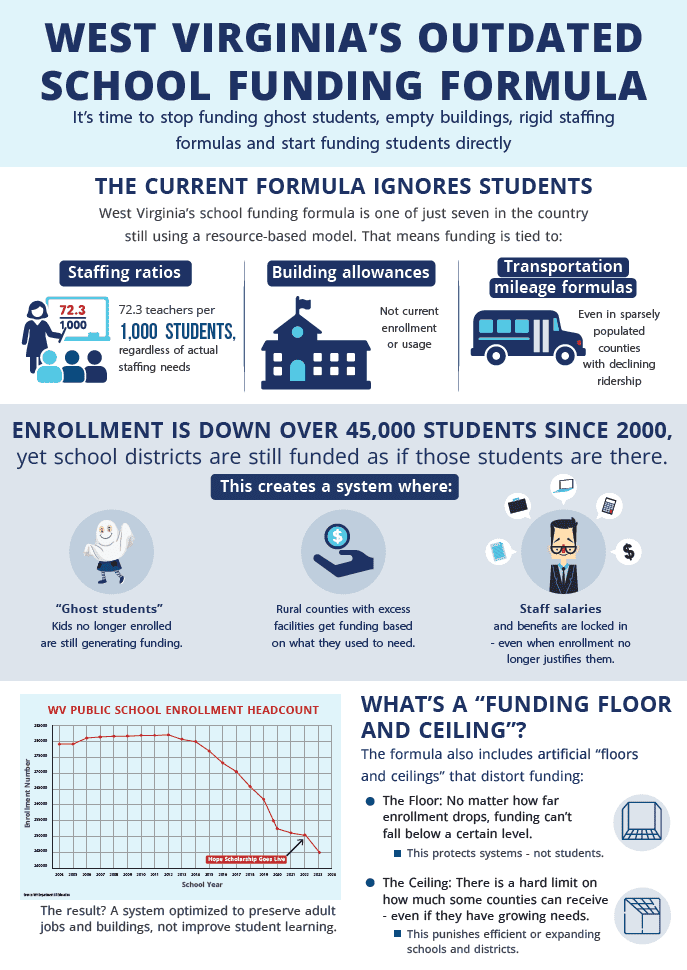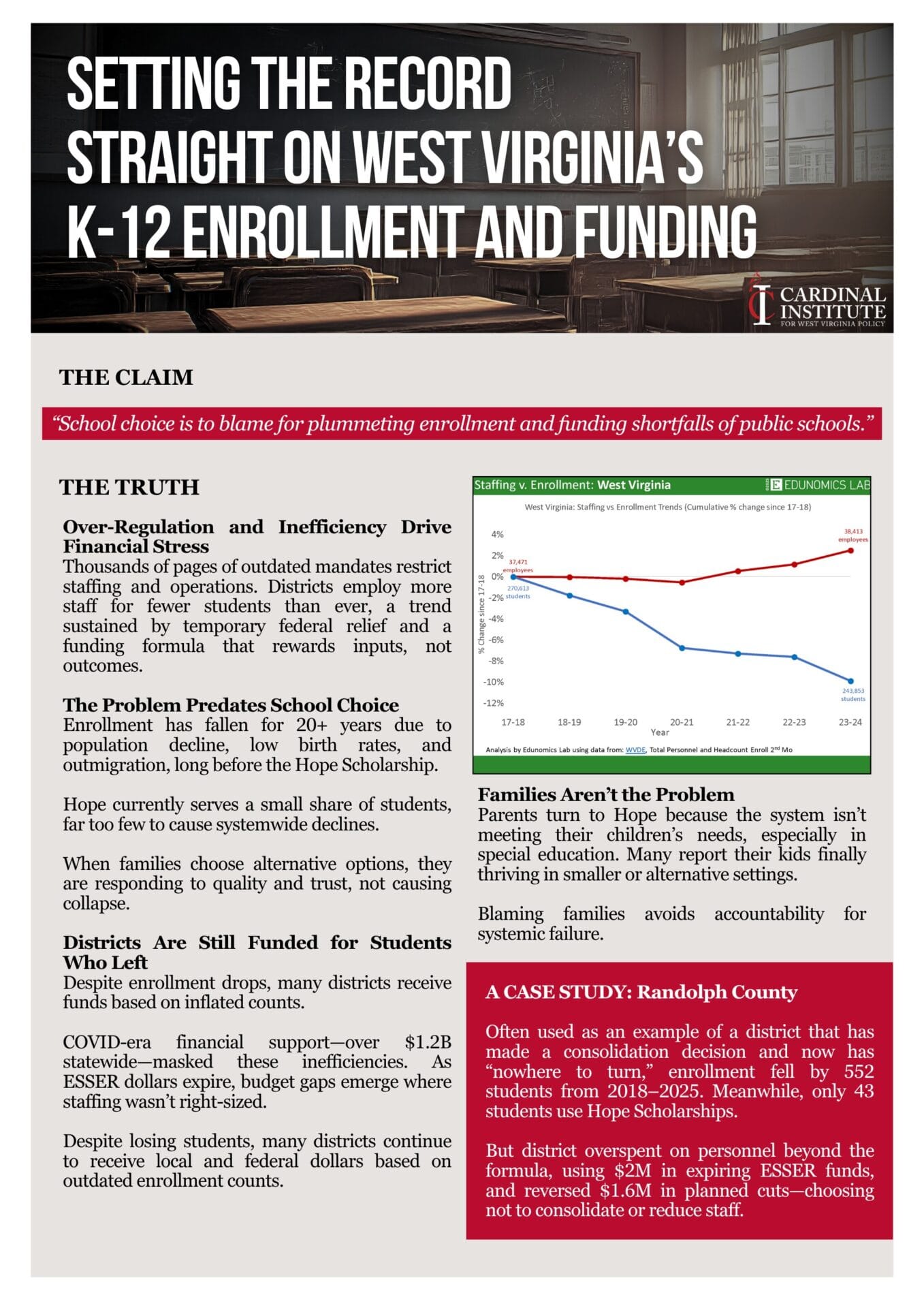
The Gender Pay Gap
Cardinal Team
Last week the world observed Gender Pay Gap Day, so this week on the Cardinal blog, our economist, Dr. Jessi Troyan will be discussing her perspective on the existence, or lack thereof, of a Gender Pay Gap.
Seventy-seven cents on the dollar.
That’s the statistic publicized by President Obama in 2012, and is often bandied about whenever discussions of earnings by gender get underway. At first blush, that’s a pretty tragic statistic. How is it possible that two decades into the 21st century, women are so substantially undervalued in the labor market compared to men?
Clearly, it must be greedy executives from the respective chapters of the Good Ol’ Boys Club gathering in their fancy apartments full of leather bound books and smells of rich mahogany to smoke their cigars, sip their scotch, and otherwise conspire over how they must band together to fatten their wallets at the expense of equally qualified and hard working women.

Therefore, government should step in to fix this grave wrong being rampantly committed in the labor market! This sexism will not stand, man!

But, let’s pause a moment to take a closer look. Are we comparing apples to apples here, or is it something more like apples to oranges? Do we need to fire up the outrage machine, or is this an example of statistical smoke and mirrors that misdirects our attention away from other more dire inequities?
Spoiler alert: it’s apples to oranges.
This “77 cents on the dollar” statistic is poorly constructed contributing to its fundamentally misleading nature. This number simply compares gross incomes between men and women. The architect of this statistic looked at only the incomes of all men and women working full time, calculated the ratio, and reported it without any further contemplation.
Before digging deeper into the faulty statistics, I’d like to offer a counterargument. If executives and other corporate types are as myopically focused on accumulating profits as the assertions claim they are, and it is possible to hire equally qualified, capable, and hard-working women to do any given job on the planet for 23% less in wages… how is any man on this planet gainfully employed?

If it’s all about the profits, and women are executing in the workplace at equivalent quality and quantity levels, executives would have to be mind-blowingly incompetent to do anything but hire women at this profit-padding discount!
But we know that’s not what’s happening in our workplaces. So, something is flawed in this 77-cents-on-the-dollar argument.
When the comparison of male and female wages takes into account relevant factors such as education, occupation, industry, hours worked, professional experience, employment benefits, and the like – or in other words, actually compares apples to apples – this alleged gap narrows substantially. Per one report prepared for the Department of Labor, the wage gap thins from the widely proclaimed 23% to between roughly 5-7%.
Had the discussion begun with the observation that women are paid 5-7% less, on average, than men for the same work and proceeded to explain *that gap* with gender discrimination, I might have entertained the argument.
However, there’s an even more likely, and more innocuous explanation for the remaining gap in wages between women and men — flexibility. Studies show that women tend to favor workplace flexibility more than men, and more so when they have children. That flexibility may take a variety of forms. Working 4 ten-hour shifts as opposed to 5 eight-hour shifts or working from home are two such examples.
With that flexibility, there’s often a wage trade-off. For more limited in-office or on-site availability, folks (typically women) opt to take a slightly lower wage. That flexibility likely also offers a variety of benefits in the employee’s life that can be easily measured such as lower child-care costs, or ones tougher to quantify such as having more time to spend at home with those same young children to experience growth milestones like first steps and first words.
By what economists call ‘demonstrated preference,’ there’s a strong argument to be made that the benefits of this workplace flexibility outstrip the 5-7% sacrifice in wages. If not, women wouldn’t opt for for these scenarios.
So long as these choices and the terms thereof are agreed upon by both employer and employee, the rest of us would do well to concern ourselves with matters other than this small remaining gap. Failing to do so demonstrates a disrespect for women’s ability to negotiate their own wages and run their personal and professional lives.
Jessi Troyan, Ph.D. is the in-house economist and Development Director for the Cardinal Institute for West Virginia Policy.







